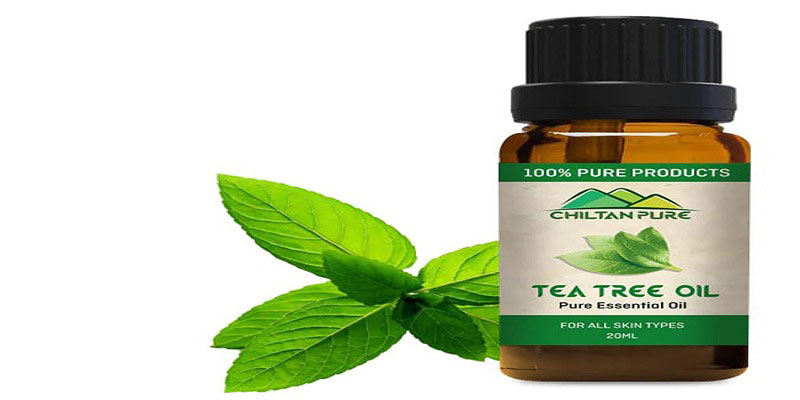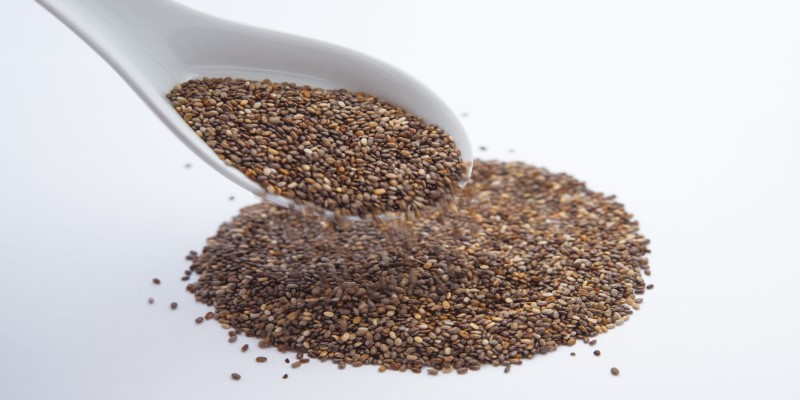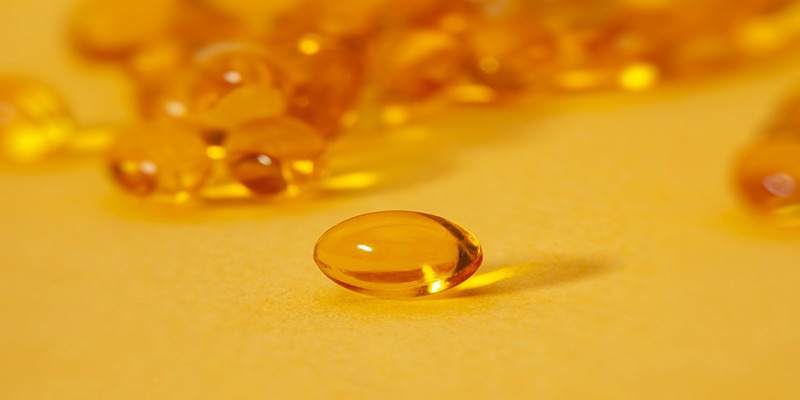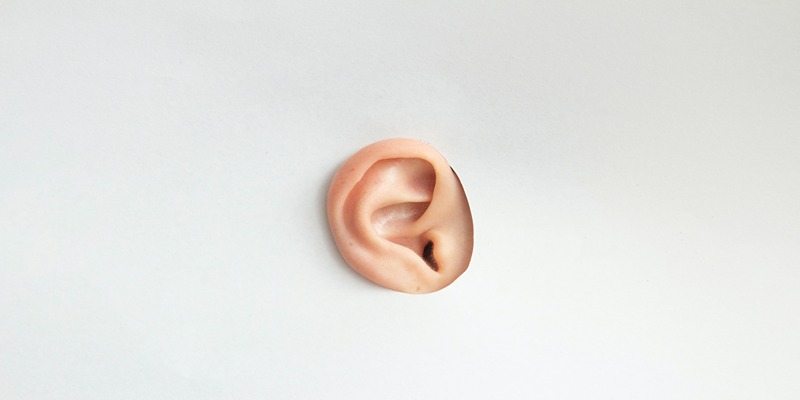
It's pretty normal for people to sometimes feel that pressure or congestion in their ears. This annoying condition, which we commonly call ears can happen due to reasons like changes in air pressure a buildup of earwax and other factors that can contribute to it. In this article we'll take a look, at effective methods to relieve this discomfort. This article offers an analysis of strategies that individuals can use to improve their hearing abilities and reduce ear related distress.
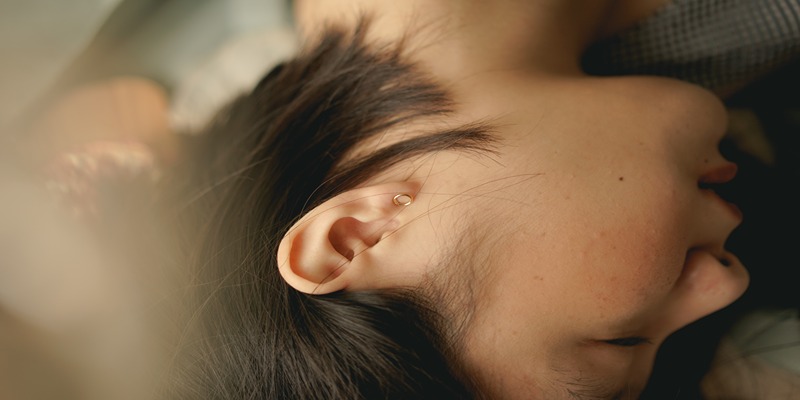
Understanding Ear Pressure
There are several possible reasons why you could have a pressure feeling in your ears. One of the most common causes of obstruction or feeling like an over-filled ear is earwax accumulation. Sinus-related conditions including infections and allergies are often experienced by people who live close to one another. Changes in pain perception associated with elevation can occur due to variation in altitude. Such variations could happen during long mountain climbing trips, airplane flights, and so on.
Aural pressure may be temporary or easily resolved; however, individuals need to seek medical assistance immediately under certain situations. If you have ever experienced severe or chronic ear pressure along with other symptoms such as pain, discharge, or decreased hearing then it is highly recommended to see a medical doctor. This necessitates evaluating these symptoms for optimal aural health maintenance and providing appropriate therapies.
Home Remedies for Ear Pressure Relief
Earwax Removal Methods
The presence of much earwax might potentially intensify the sensation of pressure in the ear. In order to properly remove wax at home, it is recommended to use heated olive oil or a little quantity of hydrogen peroxide to facilitate the loosening of the wax. The use of warm water inside a bulb syringe might be employed to delicately cleanse the melted wax residue. The use of cotton swabs should be avoided due to the potential risk of exacerbating the situation by pushing ear wax further into the ear canal, hence increasing the likelihood of adverse effects. In the event that one has discomfort or lacks confidence in the safe extraction of earwax, it is advisable to seek professional medical assistance.
Steam and Humidity
The use of a humidifier or steam bath has the potential to significantly alleviate ear pressure. One may enhance respiratory function by using a method including the placement of a towel over the head and bending over a receptacle containing heated water. This intervention has the potential to alleviate ear pressure by mitigating congestion inside the Eustachian tubes. The use of a properly positioned humidifier in one's home might perhaps prevent the occurrence of ear dryness and associated discomfort.
Over-the-Counter Solutions
If an individual is suffering ear pressure, it may be advisable to consider using an over-the-counter (OTC) medication. Certain individuals get alleviation from Eustachian tube pressure with the use of decongestant nasal sprays. If allergies play a role, the use of antihistamines may be beneficial. Over-the-counter ear drops may be used to potentially facilitate the loosening of earwax. In the event that symptoms persist or worsen despite adherence to the instructions provided by the product, it is advisable to seek medical assistance.
Lifestyle Adjustments to Prevent Ear Pressure
Ear Protection
Ensuring the protection of one's ears from the surrounding environment is of utmost importance in mitigating the occurrence of ear pressure. In order to protect one's hearing in circumstances such as concerts or loud work settings, it is advisable to use earplugs or earmuffs. The use of waterproof earplugs is recommended during activities such as swimming or participating in water sports in order to mitigate the ingress of water into the ear canal, hence reducing the risk of developing swimmer's ear. One might minimize potential risks and discomfort by adhering to the following preventive measures in order to safeguard one's auditory organs.
Allergies and Ear Pressure
The implementation of efficient strategies for allergy management plays a crucial role in the prevention of ear blockage. The occurrence of nasal congestion resulting from an allergic reaction may exert pressure on the Eustachian tubes and the auditory organs. Consider implementing strategies to effectively manage allergies, such as the avoidance of triggers, the use of air purifiers, or the appropriate administration of medication when necessary. One strategy to maintain the health and alleviate pressure on the ears is to mitigate the burden imposed on the respiratory system by allergies.
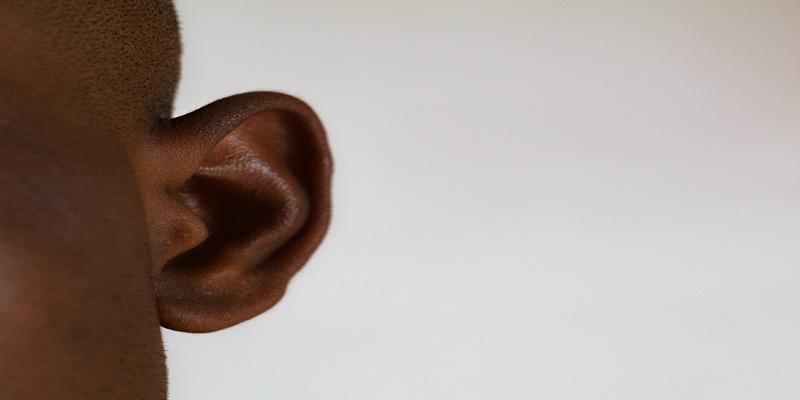
Role of Professional Assistance
Medical Procedures
In some cases, medical interventions may be necessary to alleviate persistent ear pressure. The removal of excess earwax may be effectively achieved by a medical professional via a procedure known as ear irrigation. This approach has the potential to rapidly mitigate discomfort and enhance auditory capabilities. Different medical therapy may be recommended depending on the underlying cause of ear pressure. To get optimal therapy for an individualized medical condition, it is advisable to engage in a consultation with a medical professional.
Consultation with an ENT Specialist
It is advisable to seek consultation with an ear, nose, and throat (ENT) expert in cases of chronic or recurrent ear issues. Otolaryngologists possess the requisite knowledge and skills to precisely diagnose and efficaciously manage an extensive spectrum of otitis media cases, spanning from straightforward instances of otitis media to more severe diseases. To provide an accurate diagnosis and individualized treatment plan, which may involve medication, additional diagnostic tests, or specific therapeutic interventions, the expertise of a trained professional is necessary. In order to protect hearing and mitigate the potential for permanent harm, it is critical to seek immediate medical attention from an otolaryngologist when confronted with persistent or exacerbating ear pressure.
Conclusion
A wide range of treatment modalities exist to address ear pressure and obstructed ears, including both over-the-counter remedies and medical interventions. We have previously deliberated on the importance of consulting a healthcare professional, the appropriate technique for extracting earwax in a secure manner, the advantages of utilizing vapor and humidity, as well as the alternative options that are at one's disposal. The objective of disseminating this information is to stimulate readers, encouraging them to adopt proactive strategies in order to mitigate the distress induced by ear pressure pain. In the event that the auditory problem persists, prompt medical attention should be sought.
